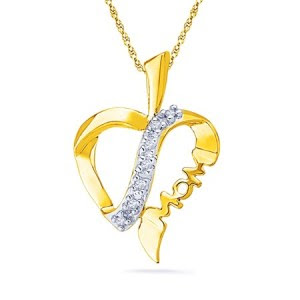It Took More Than 40 Days to Make This Cartier Necklace
Capturing one incredible piece in the middle of its creation. This month: a collar meant to resemble an exploding nebula.
The making of a one-of-kind high jewelry piece often begins with a hunt for extraordinary stones. In the case of this recently completed elaborate collar by the Paris-based Cartier, that expedition began and ended at the annual gem show in Tucson, Ariz. While there are other such trade events throughout the world — Hong Kong, Basel, Switzerland, and Las Vegas also host prominent events — the Tucson show is the most idiosyncratic, with dealers bringing crystals, minerals and fossils in addition to precious and semiprecious stones. The six-person Cartier team spotted the more-than-15-carat octagonal yellow sapphire at a booth on the first day and a few hours later connected with a dealer who had a cache of brilliant blue lapis lazuli beads. Though purchases from a particular trip don’t always end up in the same piece, in this instance, the jewelers were struck by how the contrasting hues of pale orangy-yellow and intense cobalt might work together, echoing past Cartier collections that paired blue stones with gold.
The making of a one-of-kind high jewelry piece often begins with a hunt for extraordinary stones. In the case of this recently completed elaborate collar by the Paris-based Cartier, that expedition began and ended at the annual gem show in Tucson, Ariz. While there are other such trade events throughout the world — Hong Kong, Basel, Switzerland, and Las Vegas also host prominent events — the Tucson show is the most idiosyncratic, with dealers bringing crystals, minerals and fossils in addition to precious and semiprecious stones. The six-person Cartier team spotted the more-than-15-carat octagonal yellow sapphire at a booth on the first day and a few hours later connected with a dealer who had a cache of brilliant blue lapis lazuli beads. Though purchases from a particular trip don’t always end up in the same piece, in this instance, the jewelers were struck by how the contrasting hues of pale orangy-yellow and intense cobalt might work together, echoing past Cartier collections that paired blue stones with gold.
Back
in Paris, Jacqueline Karachi, the director of the Cartier high jewelry
studio, and her 12-member staff conceptualized a collar that would evoke
an exploding nebula. With the 29 lapis beads standing in for celestial
bodies, the stars would be more than 100 small, brilliant-cut diamonds
ranging in intensity from orange to yellow; the giant sapphire would
occupy the center, like a sun. The challenge: creating a framework to
balance both the large beads and a delicate spray of smaller-cut gems.
How to ensure that the piece would sit gracefully on the neck?
A
yellow gold armature, minutely articulated with invisible hinges to
enable movement, was handcrafted to connect the lapis to the triangular
web of multitone diamonds, which seem randomly arrayed, like stars,
though in reality their arrangement is perfectly precise. It was
engineered so that while the beads would touch the skin, the gem-studded
mesh between them would be suspended a few millimeters above it. The
frame was then pressed into a plasterlike material to hold the collar
still while the setter placed the gems one by one. Such exacting work is
always done by a jeweler, setter and polisher in Cartier’s Paris
workshop, who each follow the piece from start to finish, a process that
for this necklace took more than 1,000 hours. That may be a mere blip
in the cosmic course of things, but compared to the rushed industrial
process through which most mall-bought jewelry is produced, it
represents a very Big Bang indeed.
By eliminating guesswork and partnering with buyers who are eager to compete for the opportunity to purchase pre-owned best watches under 1000, we help you receive the best price possible.





Comments